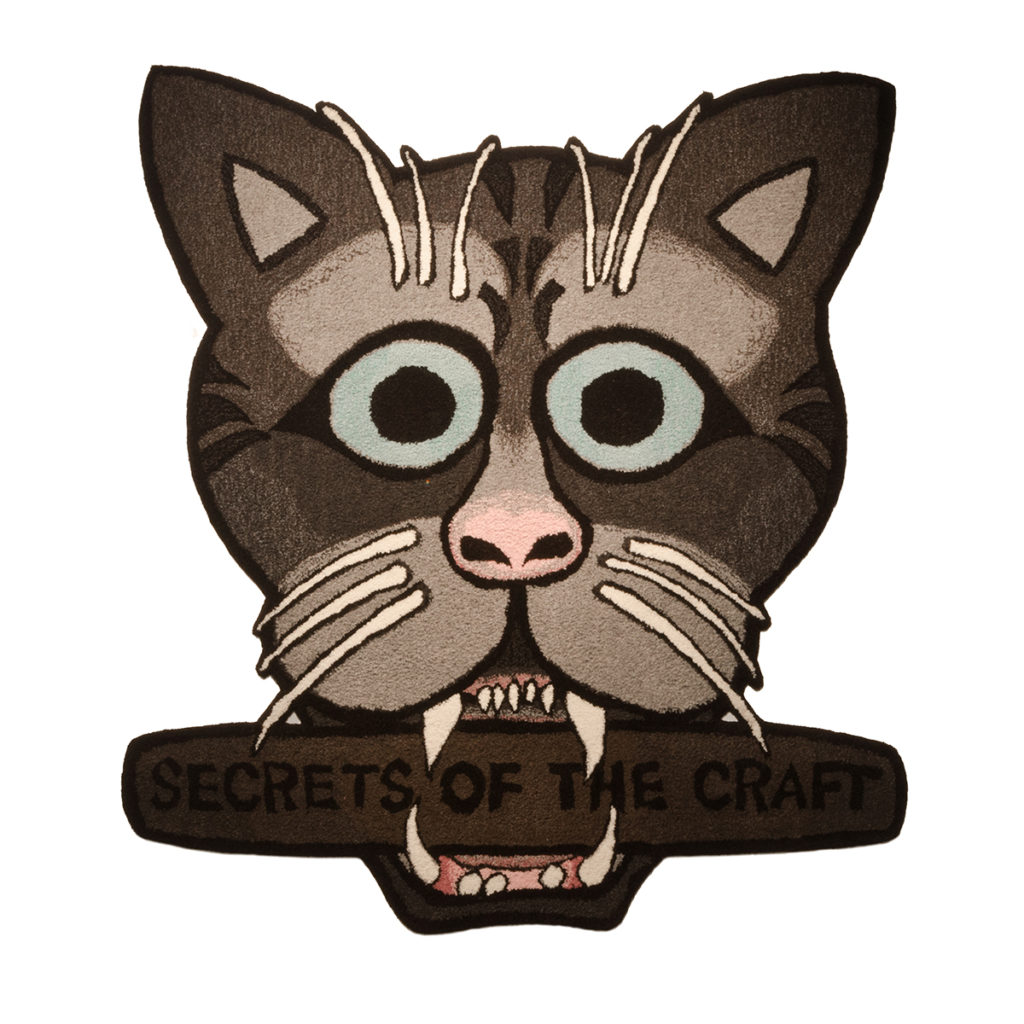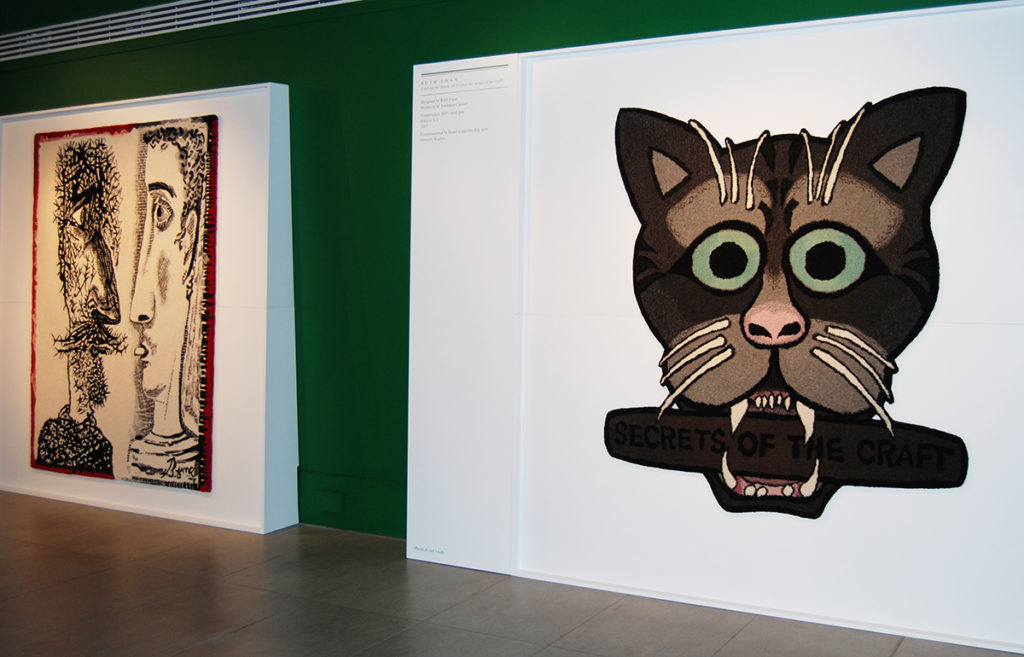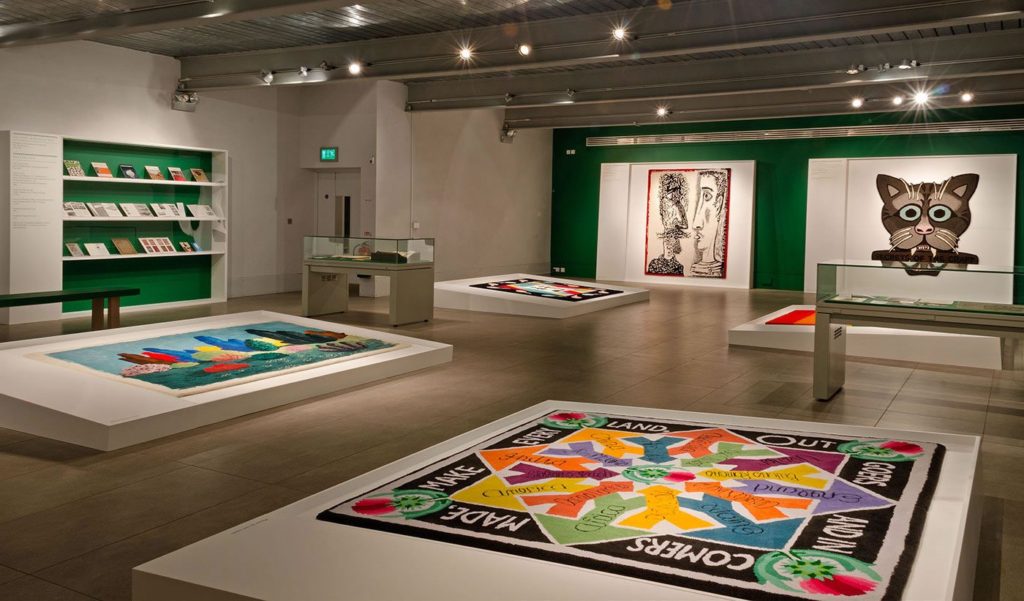
Produced by Jonathan Cleaver at Dovecot Studios, Edinburgh, commissioned by Panel with Dovecot as part of Carpets of Distinction



Ideas often begin via something found in an archive; a song, a book, a pamphlet or an object. This rug design came in part from something found in an archive but also from something I couldn’t find. Within the Stoddard-Templeton Archive sits a binder of photographs of ‘special commissions’, which features unusual, bespoke rugs of curious shapes. This led to thinking about the possibilities of a non-standard rug, whilst also looking at the soft, cloudy palettes of Enid Marx’s designs— aesthetic inspiration was in no short supply. However I wanted to know of the people who’d worked there, of ‘the history from below’ rather than the history of the business itself. For that I looked further back at the site of the factory, to the strike of the Calton Weavers, the bloody events of 1787, now remembered as Glasgow’s first strike. 18th Century Calton, which sat outside the city boundary, was mainly populated by weavers. Featuring on Calton’s coat of arms as feline heads bearing shuttles between their teeth, this symbol refers back to the weaver’s ancient vow —‘I will eat the shuttle ere I reveal the secrets of the craft’. The cat we see in the rug however is not quite true to this symbol, it is something of a bastardised version; part heraldic beast, part wildcat, part Sam the Skull and partly my own pet tabby. And what is the secret it speaks of? Labour lost to history, the mystic look on a feline face, or the fact that the rug is not made by shuttle at all.
Ruth Ewan, 2012